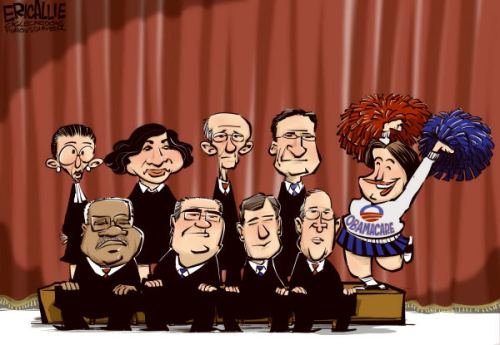Academics argue. That’s what they do. They argue against each other’s theories and results; they propose alternatives they believe are superior; and those theories, in turn, become the subject of critique by their colleagues. Yada, yada, yada, we all get closer to the truth.
Read between the lines and academic argument often sounds pretty passive-aggressive. As if we’re often not sure which kind of argument we are trying to have. The distinction between the two sense of the English word “argument” is, of course, most perfectly explained by those Cambridge philosophers, Monty Python’s Flying Circus:
So how ought we to argue in academia? Politely. Why? Because it works.
I recently came across some advice from the great American philosopher Daniel Dennett on how to write a scholarly critique. (I haven’t yet tracked down the citation, or the larger context in which it was written, but the advice given here is perfect all on its own.)

1. You should attempt to re-express your target’s position so clearly, vividly, and fairly that your target says, “Thanks, I wish I’d thought of putting it that way.”
2. You should list any points of agreement (especially if they are not matters of general or widespread agreement).
3. You should mention anything you have learned from your target.
4. Only then are you permitted to say so much as a word of rebuttal or criticism.
If I may, I would add a fifth point:
5. Once you have presented a rebuttal or criticism, search the text in question to see if the author has already considered and responded to your criticism; and if he or she hasn’t then it is up to you to formulate the best possible responses to this criticism, given the author’s other commitments. Either way, voice this actual or potential replies to your critique explicitly, and respond to them. Repeat….
So what kind of friendly advice is this? Is it academic etiquette? Academic ethics? Or the key to academic effectiveness?
If the academic community you are in has a sufficient degree of intellectual integrity, then its widely recognized leaders will have convinced a good many of their colleagues that they have discovered flaws with previous theories and findings in the field, and they will have demonstrated this critique, its implications, and possibly a new-improved theory in its place, with a reasoned argument involving clear concepts, evidence, and inferences. (In an academic community without a sufficient degree of integrity, institutional and political power will be the main tools for achieving local, if fleeting, fame.)
In any case, if your chosen field has integrity, then Dennett’s advice unites those three E’s: etiquette, ethics, and effectiveness. If you want to have an impact on the debates in your field (and if not, why are you doing this?), you need to get your critique published. Editors will invite the authors you are engaging with, or others known to be sympathetic with their views, to “referee” your critique. If they think you have simply not understood the ideas you are criticizing; or worse, if they think you have deliberately misrepresented them, then they are highly unlikely to be persuaded by your arguments — assuming they even read all the way to the end of your MS.
On the other hand, if you play nice and follow Dennett’s rules, the Journal editor may well read in the referee’s report not only “I wish I’d put it that way myself,” but also “OMG, I never noticed that gap in my argument/ that ambiguous concept/ that invalid inference/ that inconsistency….! I hope I can fix that, but this critic may be onto something original and important!” As a former editor, I can assure you, we do get those kinds of referees’ reports on papers that are criticizing their own theories. And when when we do, those submissions are usually fast-tracked for publication.
I should underscore that Dennett’s advice runs deeper than mere professional decorum or publishing tactics. If you are not successfully mastering Dennett’s first step, then you are probably not grasping why the theory you are criticizing has been taken seriously. Why it might be smarter than you realize. Similarly, if you don’t consider how an intelligent interlocutor would reply to your critique, then are likely to be ignoring the most obvious objections to your critique — the one’s the referees will not fail to point out.
But if you really are onto something, then bending over backwards to demonstrate the inescapability of your critique in a spirit of intellectual fairplay will only make the critique itself that much harder for your academic community to ignore. You “win” in the nicest possible way.









